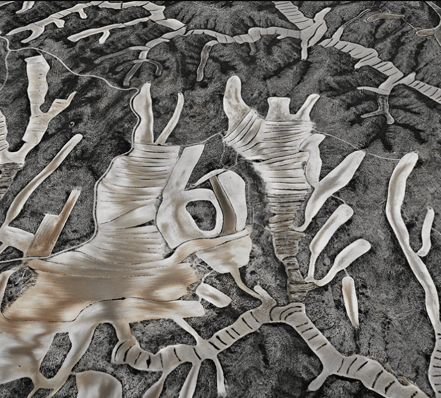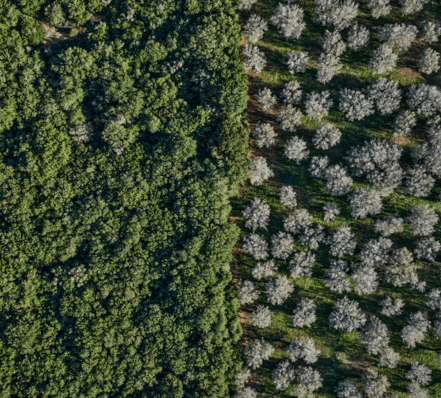Eco-Art and Aesthetic Sensitivity Through Ed Burtynsky
This lesson explores how eco-art can foster aesthetic sensitivity to the natural environment, using Burtynsky’s photography as inspiration. Students will analyze how Burtynsky captures nature’s details, vulnerabilities, and atmospheric qualities, encouraging a deeper awareness of environmental beauty and fragility. Through a hands-on photography or mixed-media activity, students will create their own eco-artworks that reflect their personal relationship with nature.
Learning Objectives
By the end of the session, students will:
Develop an understanding of eco-art as a means of fostering environmental awareness.
Analyze Burtynsky’s approach to capturing nature through photography.
Enhance their aesthetic sensitivity by closely observing and documenting natural forms.
Create a personal eco-artwork that reflects their interaction with the environment.
Lesson Outline
1. Introduction (15 mins) – Aesthetic Sensitivity and Eco-Art
Define eco-art and its role in developing an appreciation for nature.
Discuss the concept of aesthetic sensitivity: noticing subtle environmental changes, textures, and light.
Show examples of Burtynsky’s nature-focused works (see https://www.edwardburtynsky.com/projects/photographs) and discuss his techniques.
2. Critical Discussion (20 mins) – Seeing Nature Differently
How does Burtynsky’s work challenge traditional representations of nature?
How do abstraction, composition, and atmospheric qualities shape our emotional connection to the environment?
What does it mean to develop a "sensitive eye" toward ecological beauty and change?
3. Creative Activity (40 mins) – Personal Eco-Art Experiment
Option 1: Nature Photography – Students take photos (or use existing images) focusing on subtle environmental details (light shifts, textures, organic patterns).
Option 2: Mixed-Media Abstraction – Students create abstract responses to nature using photography, painting, or collage, inspired by Burtynsky’s fluid compositions.
Option 3: Experimental Process – Engage in unconventional ways of capturing nature (e.g., photograms, water distortions, printing with natural materials).
4. Reflection & Sharing (15 mins)
Students present their work and discuss how it altered their perception of nature.
Class discussion: How can aesthetic sensitivity lead to greater environmental responsibility?
Consider how eco-art can be used as a tool for environmental activism and awareness.
Assessment & Follow-Up
Formative: Students write a reflective statement on how their artwork changed their perception of nature.
Extension: Curate a collective online or physical exhibition of eco-art responses, inspired by Burtynsky’s approach.


From Burtynsky's 'Water' series
From Burtynsky's Xylella series


